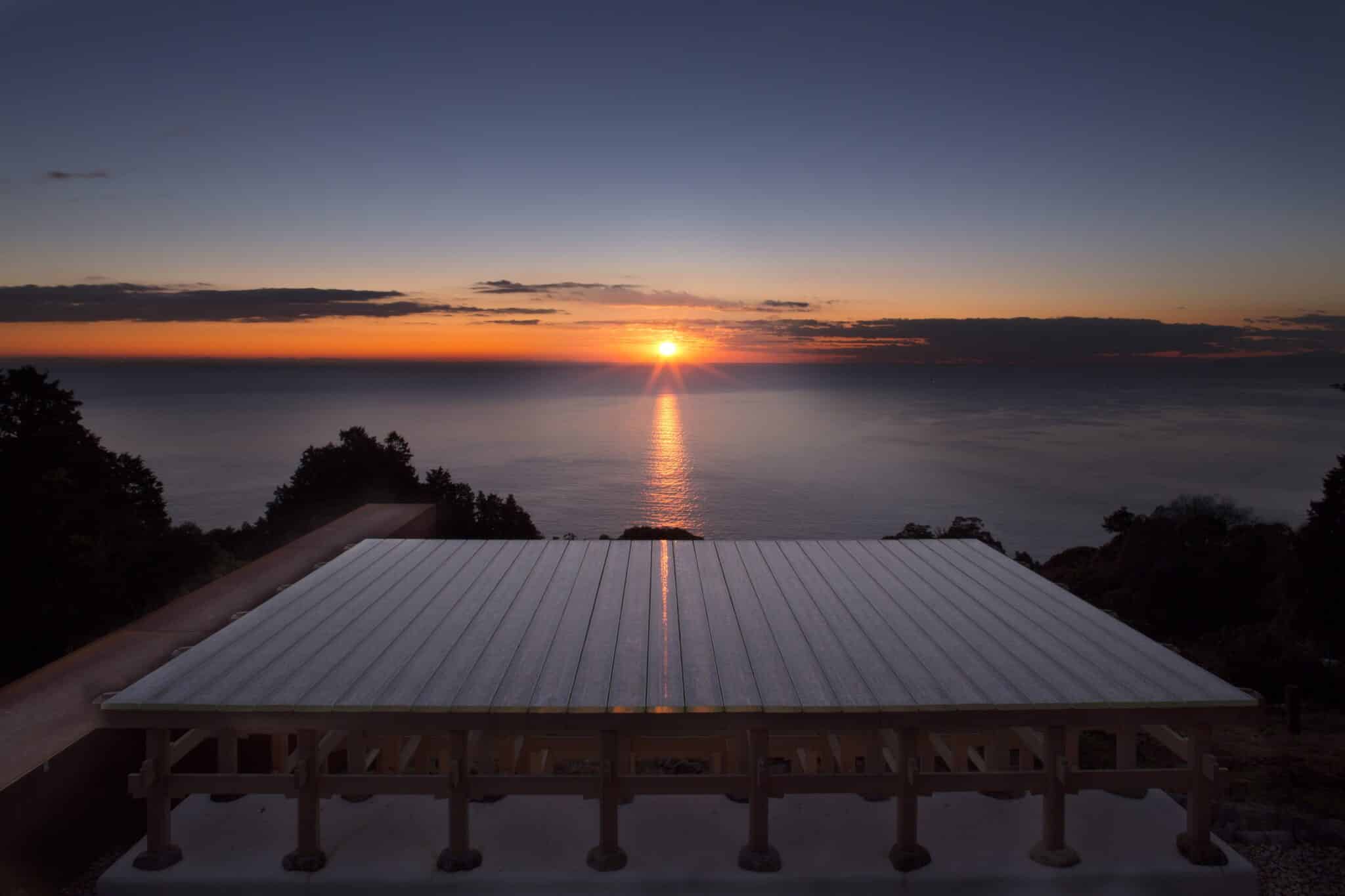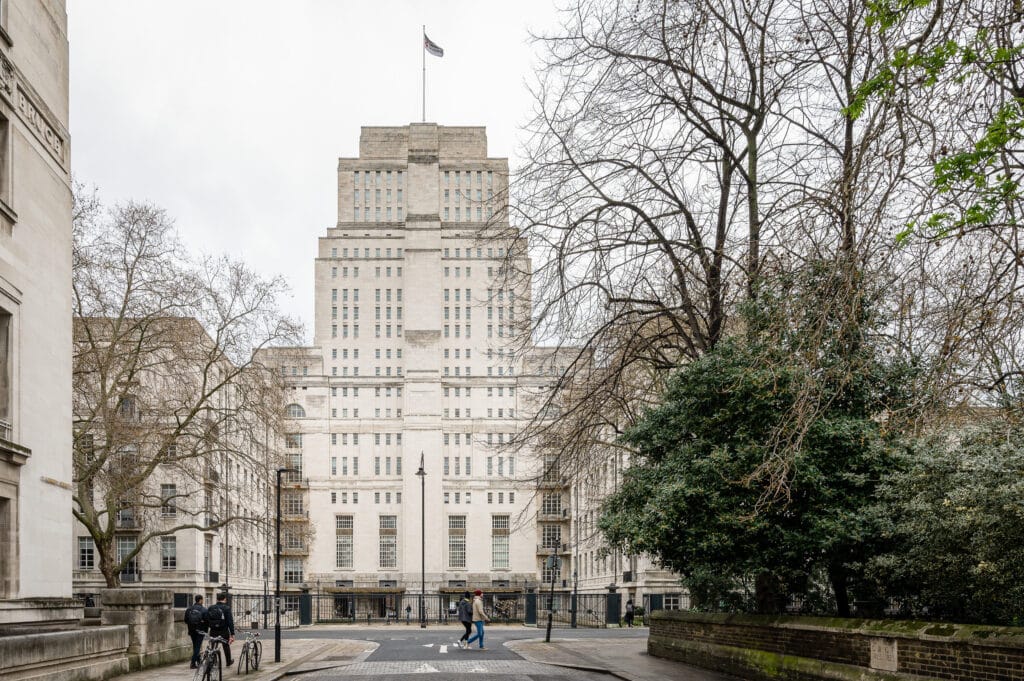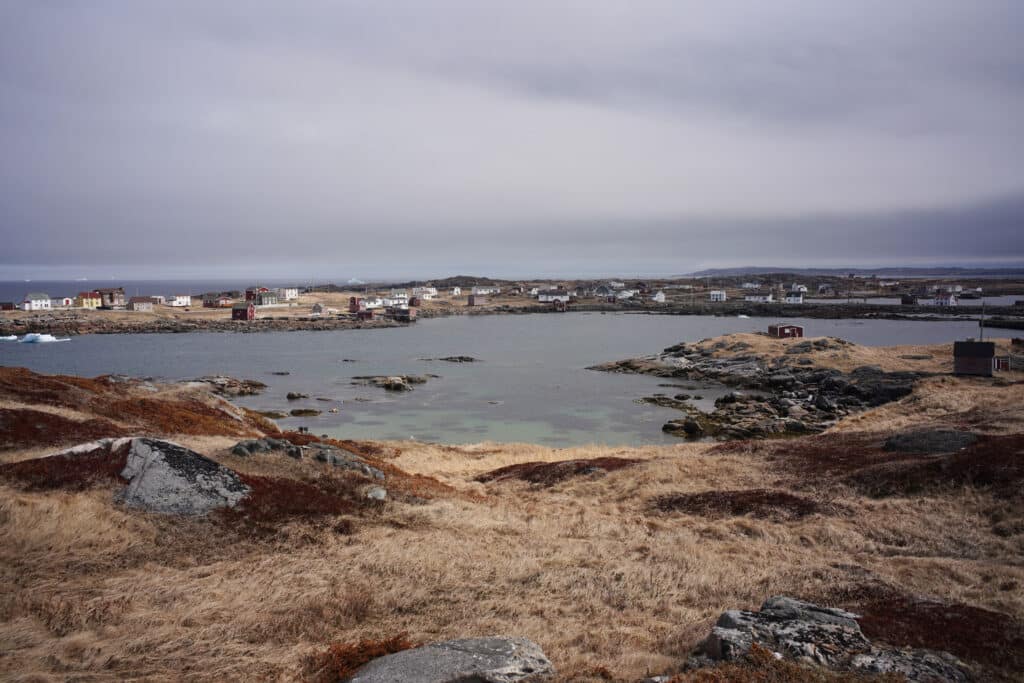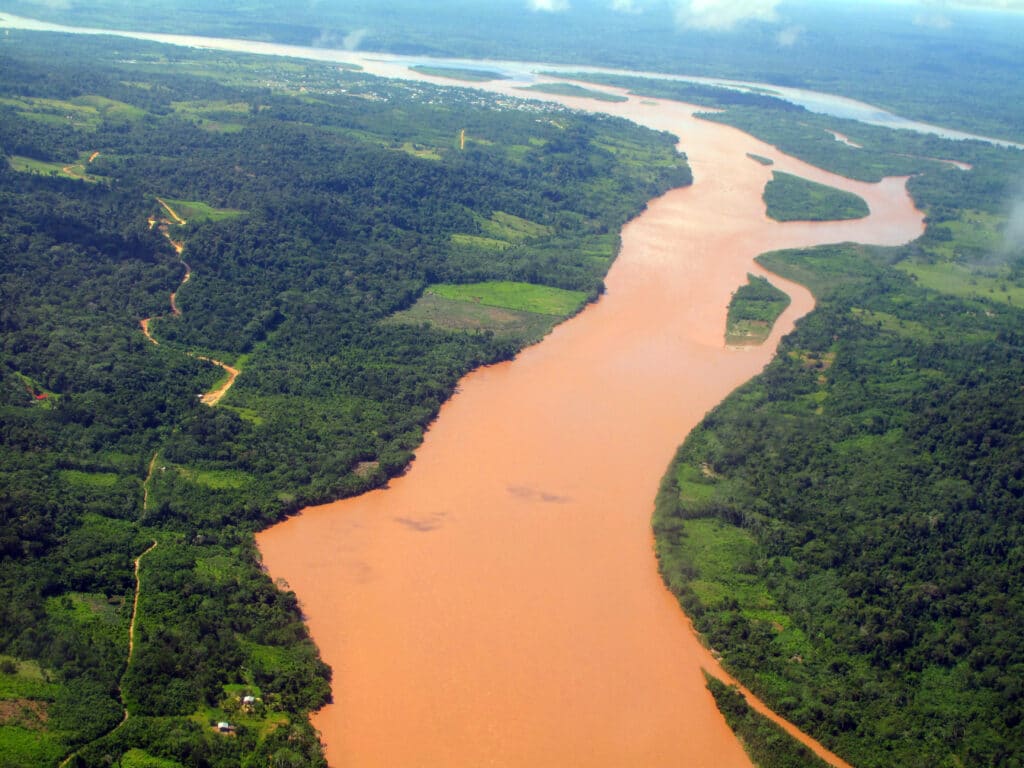Artists in 28 Countries Come Together to Respond to Climate Crisis With World Weather Network

 Why you can trust us
Why you can trust us
Founded in 2005 as an Ohio-based environmental newspaper, EcoWatch is a digital platform dedicated to publishing quality, science-based content on environmental issues, causes, and solutions.
A library at the top of one of London’s oldest skyscrapers; the rainforest, mountains and coastline of Peru; a Canadian island in the Labrador Current.
All of these are weather stations, but they won’t necessarily be reporting temperature changes or barometric pressure. Instead, they are among the 28 international locations from which writers and artists will work to make sense of the climate crisis as part of a first-of-its kind collaboration called the World Weather Network.
“We want to see what happens when artists and writers start to use their imagination and lateral kind of abilities to think through something which is difficult to think about,” project organizer Michael Morris of Artangel in the UK told EcoWatch.
The World Weather Network
The World Weather Network is a coalition of 28 arts organizations from the Philippines to Nigeria to Utah that believe artists and writers should be a larger part of the dialogue surrounding climate change. The idea is that the creative team at each weather station will both conduct local programming on the ground and post “weather reports” on the network website over the course of the year.
The website and programming launched on the summer solstice and will continue until June 2023. Early “weather reports” included a livestream of the sunrise on the longest day of the year from Enoura Observatory in Japan by famed photographer Hiroshi Sugimoto and audio and visual recordings by the Breath of Weather Collective from wind harps placed at eight locations in the Pacific and Aotearoa/ New Zealand that are vulnerable to climate change.
Morris said the weather motif was chosen because it has been a subject of art and literature throughout history.
“Piers Plowman is all about the weather, Beowulf is all about the weather,” he said.
But the rise in heat waves and other unusual or extreme events because of the human burning of fossil fuels has forced us to see weather in a new way.
“In recent years, those inspirations of the past–which are to do with how the weather makes us feel, what the weather does to us–have really been replaced by a concern about what we’re doing to the weather,” Morris said. “There’s been … an inhibition to really relate to the weather we’re experiencing now, the extreme weather in many parts of the world, and artists and writers are somehow keeping away from it.”
The purpose of the World Weather Network is to invite them in, and, so far, it seems to have succeeded. New York-based artist Liam Gillick, who designed a weather station on Fogo Island, Canada, told EcoWatch in an email that he was drawn to the project because it brought so many people and organizations together.
“It is truly global and offers the chance to access an enormous variety of original approaches through one portal,” he said. “That’s never been done before as far as I know. Certainly nothing on this scale.”
Participating artist Luz María Bedoya of Peru agreed.
“I decided to participate in the WWN because it is an opportunity to work together, despite the fact that we are in different and distant places, and to generate the strength that the network can produce when we are gathered around the same key issue of today, the climate crisis,” Bedoya said in an email.
The project is climate-friendly in execution as well as theme.
“One of the other things about this project is that it’s a huge international collaboration that hasn’t involved any flying around the world at all,” Morris told EcoWatch.
It grew out of digital conversations during the coronavirus lockdown, and Morris said he wasn’t sure if the project would exist in its current form without the pandemic. Perhaps because of the project’s virtual evolution, it is important for the organizers that the weather reports posted to the website aren’t mere reproductions of what’s happening in situ, but rather specifically tailored for what online art can do.
“[O]ne of the things that each partner is having to grapple with is that they’re doing two things,” Morris said. “They’re putting on something locally, which is physical and can be visited, and they’re also thinking of how that would be best manifested on a digital platform.”
Weather Station: London, UK

Artangel has commissioned two London-based projects that exemplify the difference between the place-based and online offerings. The first is a sound installation called A Thousand Words for Weather that launched on the solstice in London’s Senate House Library, an iconic Art Deco building completed in the 1930s that is considered one of London’s first skyscrapers.
Taiwanese-Canadian writer Jessica J. Le asked ten poets to write and define ten words for weather in their native languages–English, Arabic, Bengali, Spanish, French, Polish, Urdu, Mandarin, Turkish and German. Each of the ten words was then translated into the other languages for a total of 1,000 words. Next, Composer and artist Claudia Molitor turned this dictionary into a “sound installation in a building which is governed by silence,” as Morris put it. The recorded words are controlled by live weather reports from the UK’s Met Office.
“[T]he weather outside the building actually alters the mix and the velocity and the volume, so that on any day you’ll hear something completely different,” Morris explained.
The installation will run through March 25 of next year, giving Londoners a chance to hear three seasons worth of weather words. For those who can’t make it to the Senate House Library before then, Chinese-born spatial and visual designer FeiFei Zhou will create a “living, animated dictionary for the web,” according to the website.
A second London project will exist entirely online. This is called Abi Palmer Invents the Weather. The writer and artist will film her Siberian forest cats Lola Lola and Cha-u-Kao playing in four boxes that correspond to each season, as she brings the outside weather inside to her felines.
Weather Station: Fogo Island, Newfoundland and Labrador, Canada

The weather station on Fogo Island took the assignment a little more literally. Gillick has designed a sculpture called A Variability Quantifier (aka The Fogo Island Red Weather Station) that will actually record weather data that can be used by the local community as well as scientists and artists abroad.
“I wanted to do something that would be properly maintained for a number of years and have the support structure to really gather concrete accurate data,” Gillick said. “Historically, weather stations have taken many forms. It is only in the contemporary period that they have become so functional. I wanted to reintroduce an artistic element to the siting of a scientific structure.”
In designing the sculpture, Gillick was inspired by the culture and architecture of Fogo Island–specifically, the “fishing stages” that are common on the island. The sculpture is a nearly full-scale model of the frame of such a stage to which scientists and community members can attack instruments for measuring weather.
“The sculpture is aesthetic and functional,” Gillick said. “It is a tribute to the history of the island and a useful site for the collection of data. It is also important that the wood is local and milled by local fishers and [virtually] neutral in regard to the local ecosystem.”
Fogo Island is an evocative location from which to consider the climate crisis because it sits in the Labrador Current, the “iceberg alley” along which melting ice travels. Gillick told EcoWatch he thought it was important that artists participate in framing the collective understanding and imagination of global heating.
“Artists have something to offer,” he said. “We can add new ways to imagine and visualize the world around us. We have to go beyond the clichéd imagery that has often accompanied climate consciousness. That’s what this project is about. We are not starting afresh, we are here to support, refine and transcend the visual literacy required to further the good work already being done by climatologists, activists and researchers.”
The project was commissioned by Fogo Island Arts and the National Gallery of Canada. It will remain in situ until October 2026.
Weather Station: Coastline, Andes and Rainforest, Peru

If the Fogo Island weather station is focused around one structure, the Peruvian station incorporates three different ecosystems. Bedoya is presenting two projects commissioned by the Museo de Arte de Lima (MALI) that involve the different ways that water flows by and past the country.
The first is called All the Lighthouses of the Peruvian Coast. Bedoya created a graphic score based on the codes of the 56 lighthouses that dot Peru’s Pacific Coast. This score was then interpreted by around 40 musicians and authors. Bedoya’s second project–called Other Scores of Water–grows out of her first. It will consist of three films made in the Andes and the Peruvian Amazon, focusing on the different forms that water takes from snow to river. Bedoya will work with local communities, academics, musicians and other artists to produce her weather reports.
In focusing three distinct Peruvian ecosystems, Bedoya also hopes to illuminate the social complexity of a country that is home to many different languages and cultures, as well as racial and economic inequalities inherited from colonialism.
“I am trying to ensure that my projects offer a reading of the local climate that goes beyond the purely meteorological, and do not allow themselves to be enraptured by the grandeur of our landscapes, which is always a temptation in a geography such as this,” she told EcoWatch. “Taking as a basis some of the different expressions of water in Peru (ocean, snow-capped mountains, rivers, cloud forests, subsoil waters), I hope that they will serve as guidelines that account for the social and cultural fabric of the environments in which they are found.”
In choosing to make art around the climate crisis, Bedoya is globally minded as well. She said the human species as a whole is “living a limit moment,” and it’s the very liminality of the moment that makes it important for artists to respond.
“We are used to thinking of meteorology and climatology as devices that allow the statistical measurement of atmospheric phenomena, however what we call climate in an extended sense escapes statistical rationality,” she told EcoWatch. “This is where art may have something to contribute. It will probably not be definitive solutions (in fact, there are no definitive solutions for our climate crisis), but it may allow us to modify the ways in which we encounter our present and bring us closer to making forms of life that we would not have imagined.”
Subscribe to get exclusive updates in our daily newsletter!
By signing up, you agree to the Terms of Use and Privacy Policy & to receive electronic communications from EcoWatch Media Group, which may include marketing promotions, advertisements and sponsored content.

 233k
233k  41k
41k  Subscribe
Subscribe 




